NEW: ARMO Platform Introduces Auto-Generation of Seccomp Profiles
We are thrilled to announce the latest enhancement to ARMO Platform: Seccomp Profiles Leveraging eBPF....

We are thrilled to announce the latest enhancement to ARMO Platform: Seccomp Profiles Leveraging eBPF....
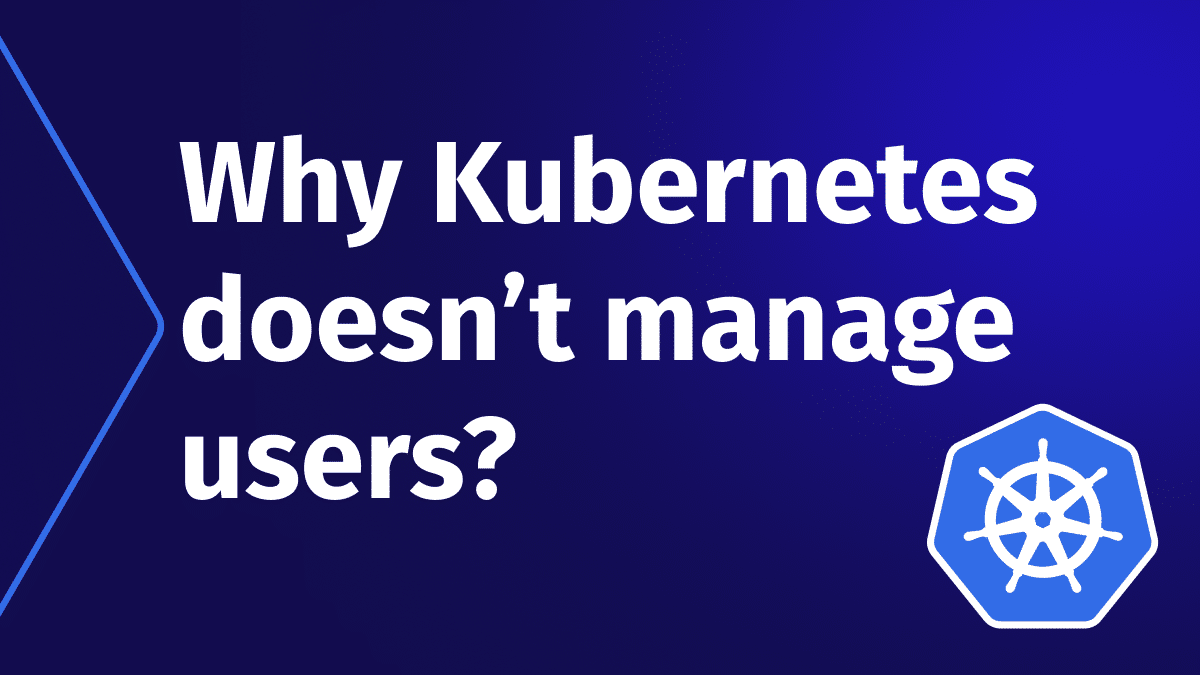
Kubernetes stands at the forefront of the container orchestration revolution by becoming most people’s go-to...
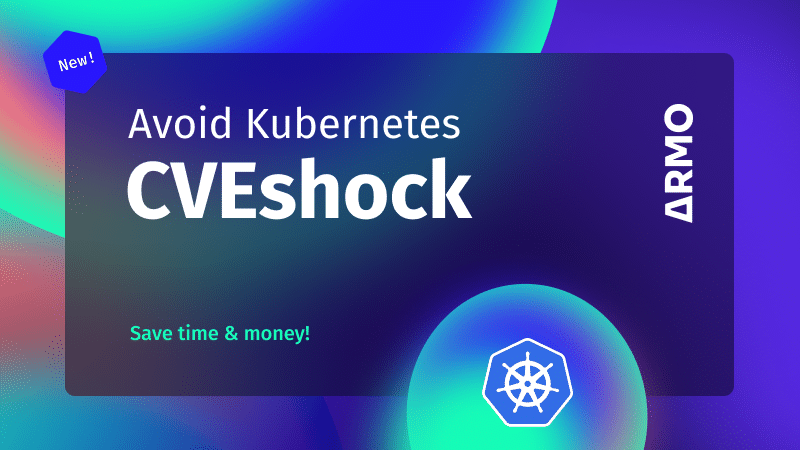
ARMO’s new feature revolutionizes Kubernetes vulnerability scanning based on eBPF technology to help Kubernetes and...
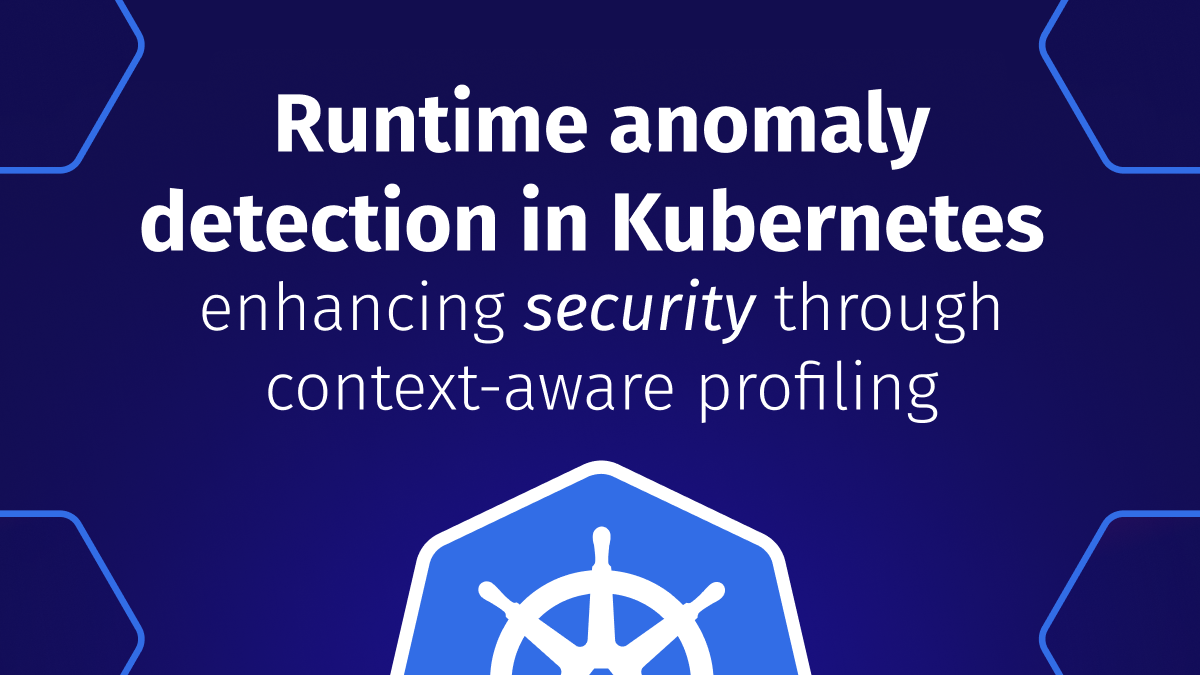
Runtime anomaly detection is fast becoming a critical component for protecting containerized environments. Recent advancements...
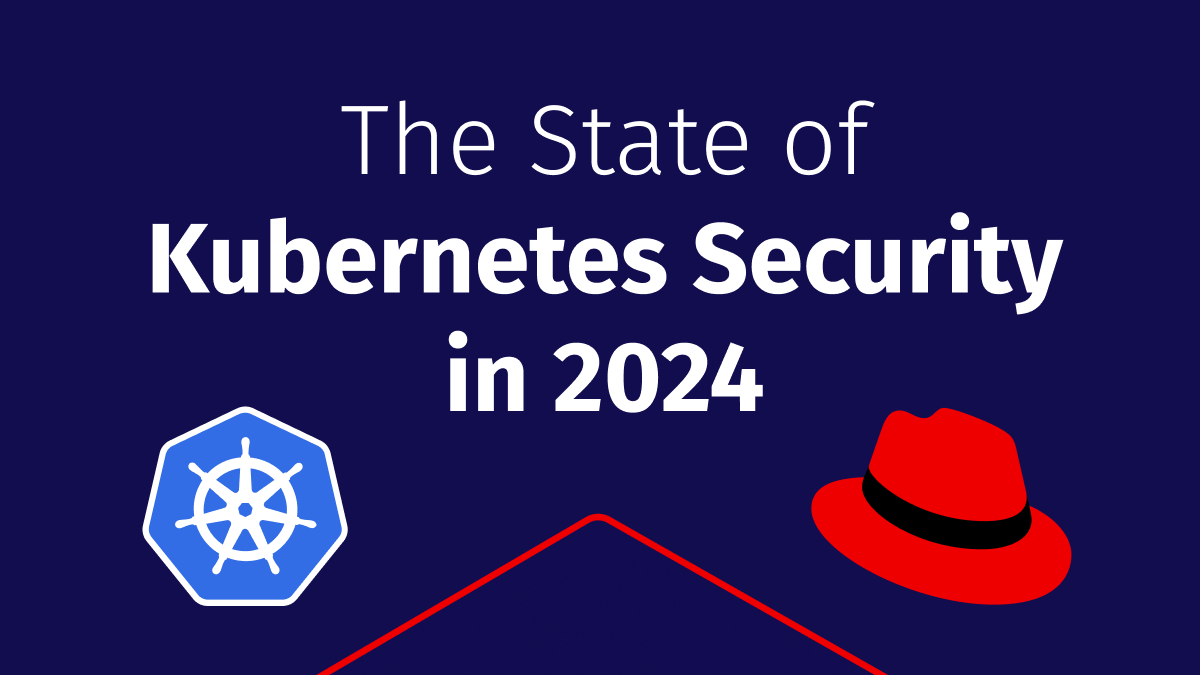
We explored the Red Hat State of Kubernetes security report 2024, one of our favorite...
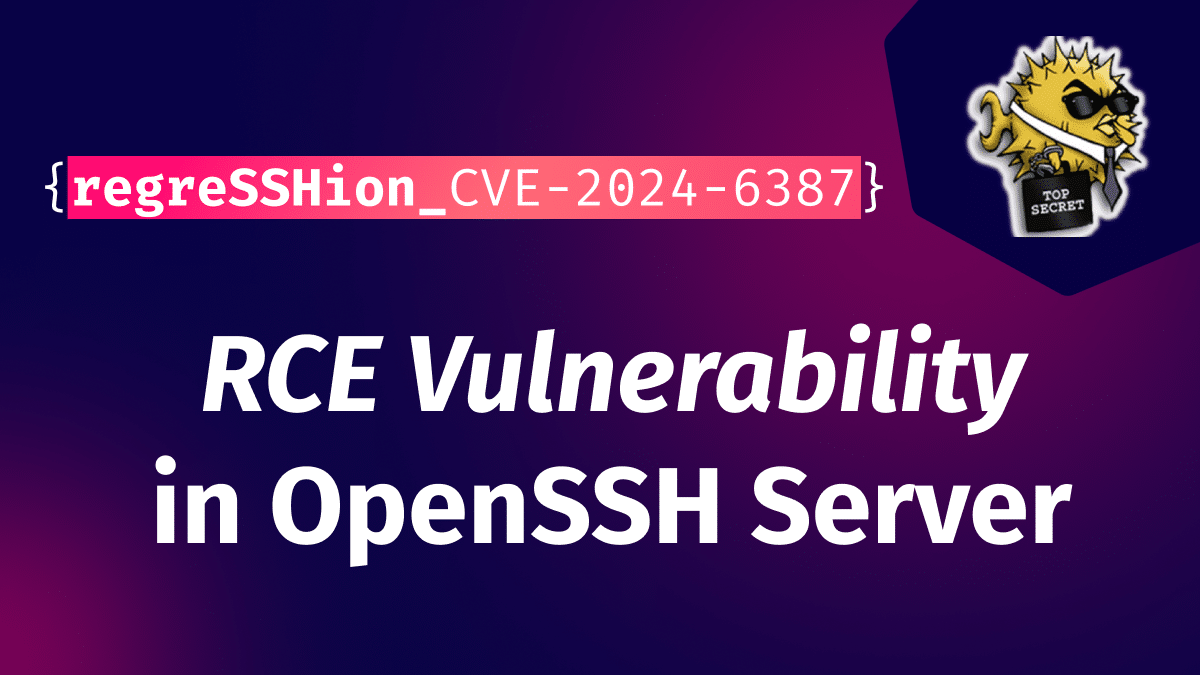
A high-severity remote code execution (RCE) vulnerability has been found in OpenSSH’s server (CVE-2024-6387) by...
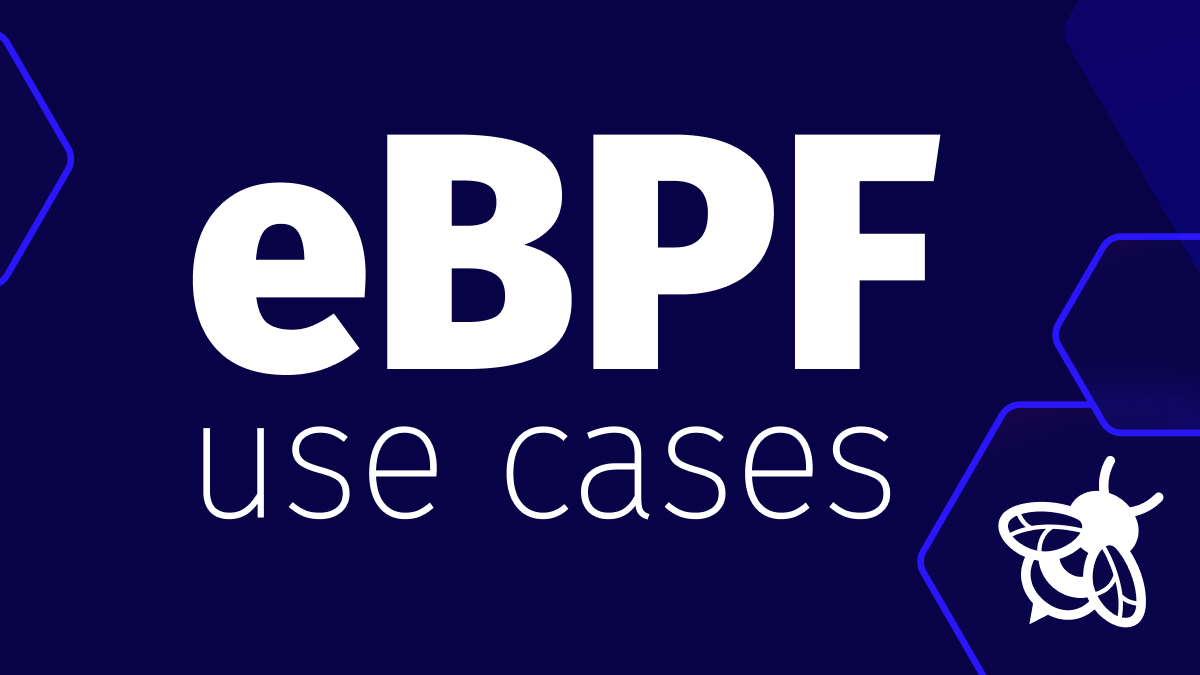
What is eBPF and how can it be used within the Kubernetes environment? In the...
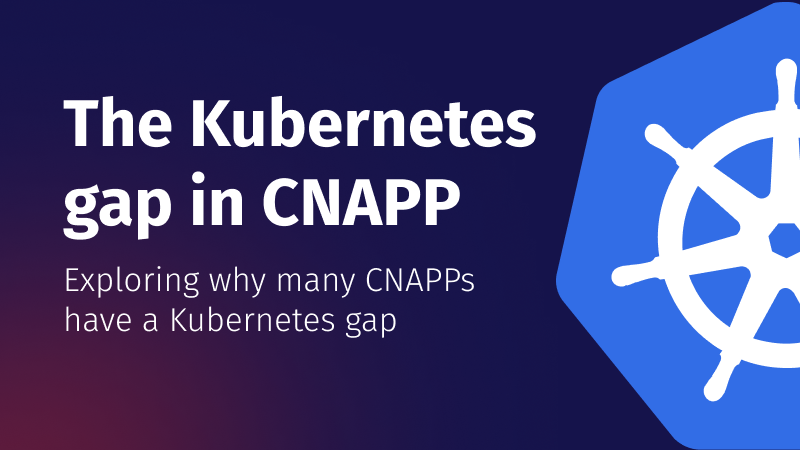
A guest post by James Berthoty, founder of Latio. CSPMs and CNAPP have a major...
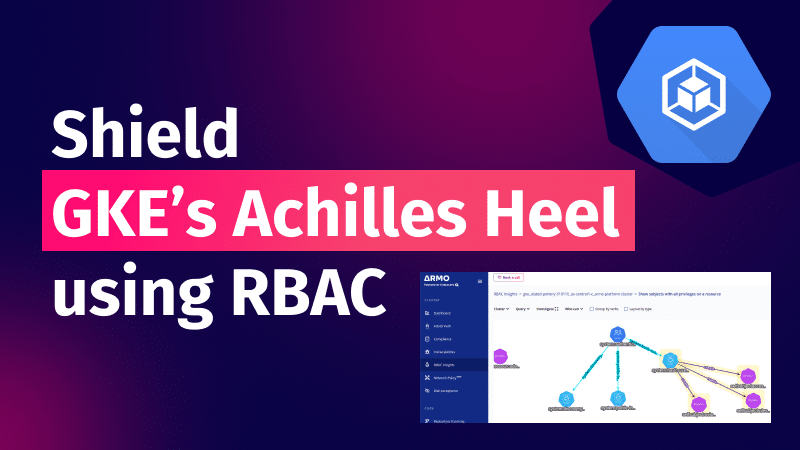
If you’re using GKE (Google Kubernetes Engine), you should be extremely cautious when adding roles...
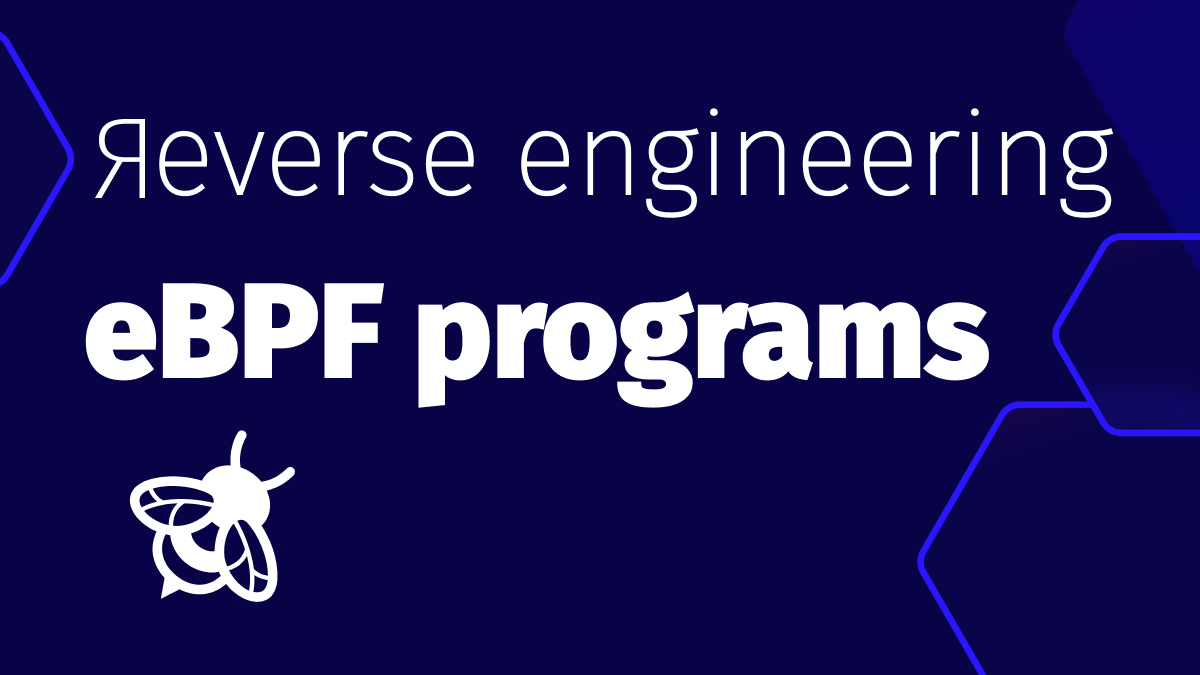
eBPF is one of the most widely used technologies in today’s computing ecosystem, starting from...

As a powerful and widely adopted open-source platform, the complexity of Kubernetes is not to...
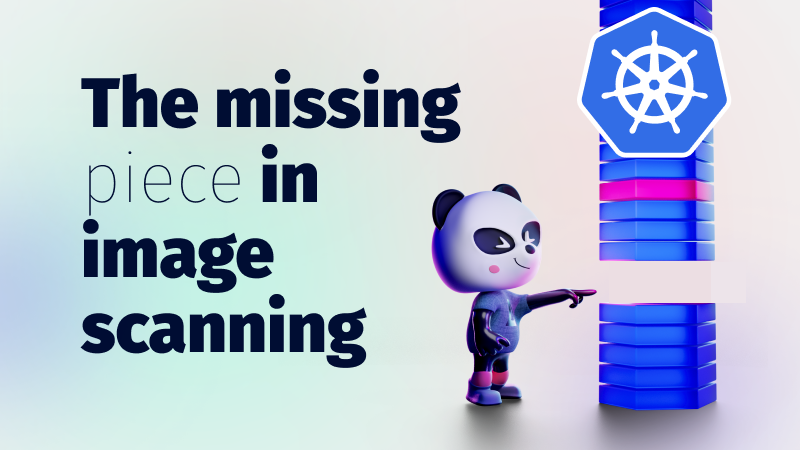
Introduction In the dynamic landscape of cloud-native cybersecurity, image scanning has become essential to ensuring...